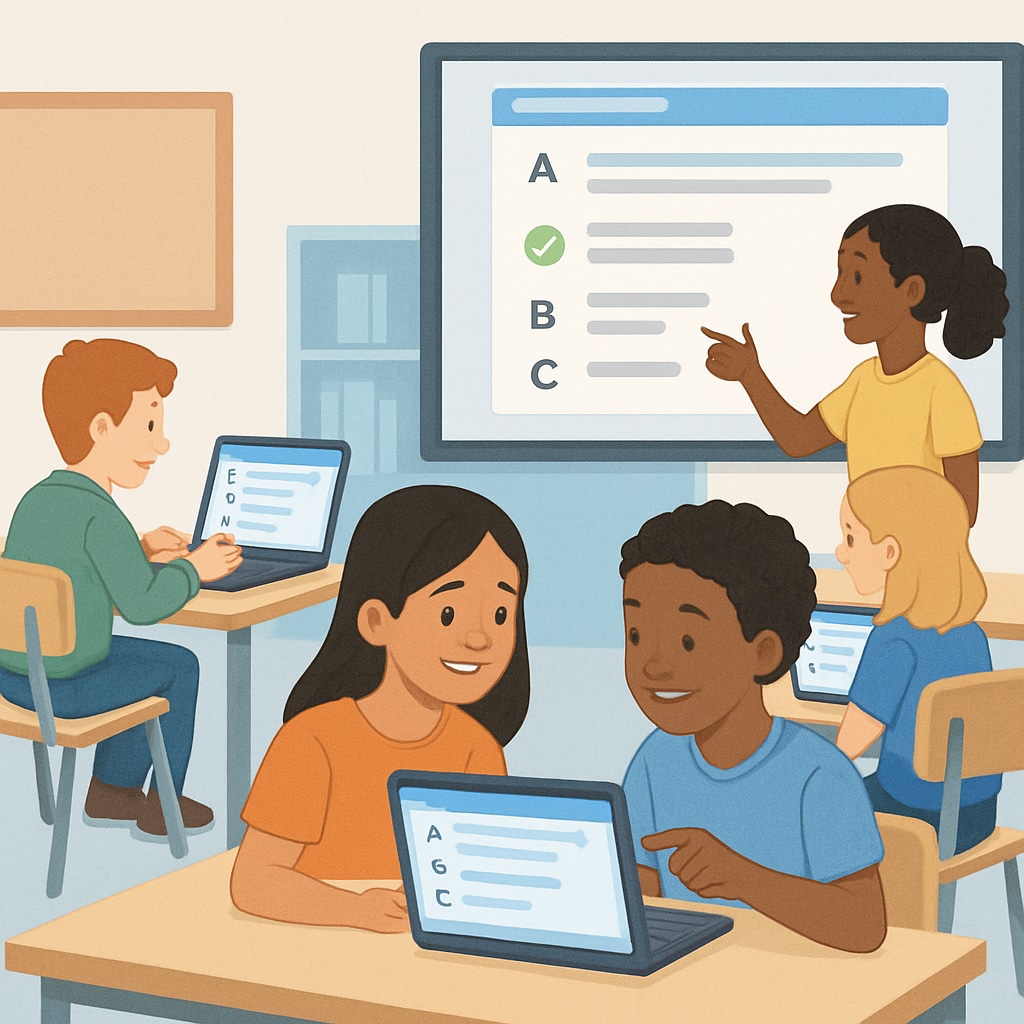High-quality test resources for students are not just tools for assessment; they are powerful teaching tools that can inspire deeper learning and understanding. For K12 educators and parents, these resources hold the potential to transform traditional testing into a dynamic learning experience that supports critical thinking, retention, and skill development. By learning how to identify, access, and utilize these resources effectively, we can ensure tests become a positive force in students’ educational journeys.

Transforming Tests into Learning Opportunities
Traditionally, tests have been viewed as a method to assess students’ retention of knowledge. However, when designed thoughtfully and integrated with teaching strategies, they can serve as a bridge to deeper understanding. For example, formative assessments (tests conducted during learning) can provide immediate feedback to teachers and students alike, helping to identify areas of improvement and adapt teaching methods accordingly. This approach ensures that tests are no longer an endpoint but a part of the learning process.
In addition, using high-quality test resources—those developed with pedagogical expertise—can offer benefits such as:
- Encouraging critical thinking and problem-solving skills
- Promoting active engagement rather than rote memorization
- Providing personalized insights into student progress
Explore more about educational assessments on Wikipedia
Identifying High-Quality Test Resources
Finding the right test resources requires careful evaluation. Not all tests are created equal, and using poorly designed materials can lead to frustration and unproductive learning experiences. To identify high-quality test resources, educators and parents should look for the following characteristics:
- Alignment with curriculum standards: Resources should match the curriculum and age group of the students.
- Diversity in question types: Tests should include a mix of multiple-choice, open-ended, and practical application questions.
- Clear instructions: Students should understand what is expected without confusion.
- Feedback mechanisms: High-quality tests should provide actionable insights for improvement.
Online platforms such as Khan Academy and Edmodo offer excellent examples of comprehensive test resources designed for K12 students. These tools are often customizable and include interactive elements to keep students engaged.

Using Test Resources as Teaching Tools
Once high-quality test resources have been identified, the next step is integrating them effectively into the learning process. Here are some strategies to maximize their impact:
- Practice tests: Use tests as preparation tools to build confidence and reduce anxiety.
- Collaborative testing: Encourage group discussions around test questions to promote peer-to-peer learning.
- Gamification: Turn tests into engaging challenges with points, rewards, or leaderboards.
- Reflection sessions: After the test, discuss answers and learning points to deepen understanding.
By shifting the focus from grades to growth, tests can help students embrace a mindset of continuous improvement.
Learn more about the role of standardized tests on Britannica
Empowering Students Through Meaningful Assessments
High-quality test resources for students are not just about evaluating what they know; they are about fostering what they can learn. Whether you are a teacher looking to enhance classroom engagement or a parent supporting your child’s education at home, leveraging these tools effectively can make a significant difference. As a result, tests will no longer be perceived as intimidating hurdles but as stepping stones toward knowledge and personal growth.
In summary: Prioritize the use of high-quality, thoughtfully designed test resources. Evaluate their alignment with your goals, integrate them seamlessly into teaching, and focus on using them as a tool for continuous learning—not just assessment.


